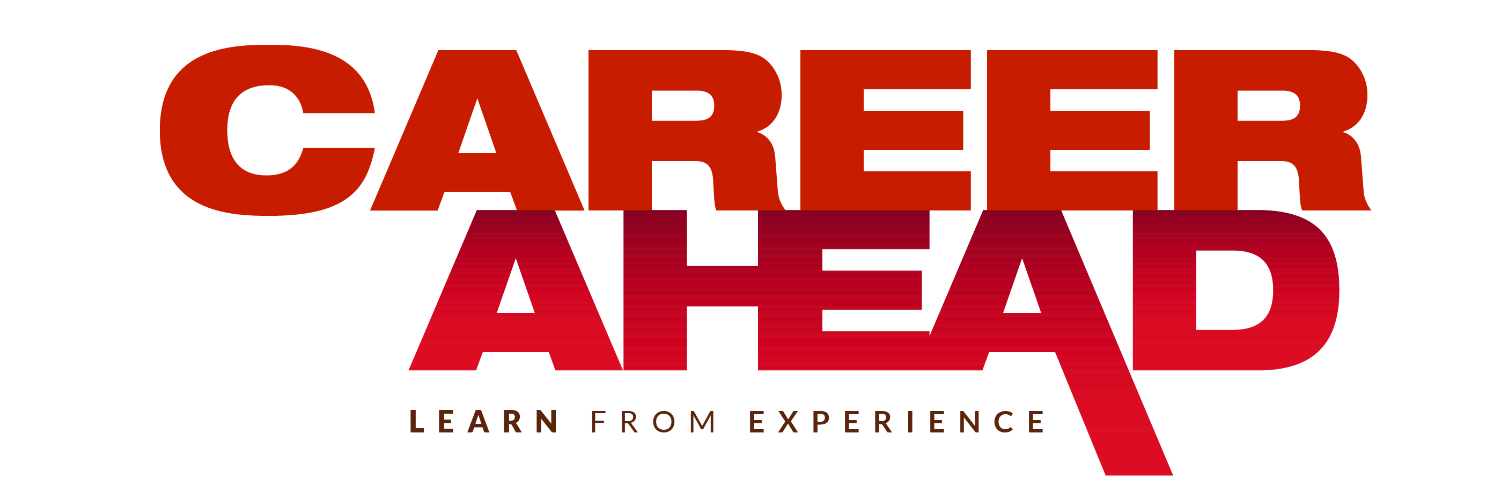No products in the cart.
Q&A with Tatiana Kolovou
As a Senior Lecturer at the Kelley School of Business, Indiana University, Tatiana Kolovou teaches Business Communication and Cross Cultural Communication to undergrads and MBA students. Tatiana is a professional speaker, trainer and LinkedIn Author, having authored 16 courses in the LinkedIn library, including the best-selling Communication Tips, which has over 2 million views. Born and raised in Athens, Greece, Tatiana has been based in the US for the last 35 years.
We had a great opportunity to talk with Tatiana about the importance of first impressions and how one can work on improving their communication skills.
Q1. From a professional standpoint, how important is a good ‘first impression’?
A1. It is critical. Our brain subconsciously makes a decision if someone is a friend or an enemy, it’s a kind of primal reflex that we have. Even if we meet someone on the street who we are not going to see again – we quickly decide. First impressions are formed in milliseconds, not even one second or three seconds; and we know this from published research on social cognition. So we must be quite mindful in the contexts where we want to be aware of what impression we make. Mind you, we are not always cognisant of first impressions we make when we meet someone in the market, grocery store, bookstore, or on the street; but if it is in the business world, when we are meeting someone for the first time we may want to influence that more and must be mindful to that effect.
Q2. What are the crucial aspects that determine the impression we make on others?
A2. Research on social cognition tells us that there are two dimensions – the first is likeability; the concept of warmth, deciding if someone is a friend or not, and we make that decision first. But, we then also decide if we trust the person enough to want to be on their team or to listen to what they say – that is the competence aspect. So, there are two components – warmth and competence. This study was first done at Harvard by Amy Cuddy and her research team. And even though we weigh both components, we first decide on warmth and then proceed with competence. These are crucial aspects of that first impression. For instance, in the context of a day care service where we take children, we want for the teachers to be not only very well organized and for the place to be clean, but we want the teachers first to greet our children and be warm with them. But then, we also want to trust that our children will learn. So that’s a good example of warmth and competence. The same stands for someone starting a presentation in a meeting – we want them (even though they may get right to the point) to make an effort to be welcoming at least, or to show warmth before the meeting begins, because we make decisions based on that. Since I also teach cross cultural communication, I would have to add here, that this depends on the context.
Q3. What factors help to build trust when the aim is to influence others or sway their opinion?
A3. To build trust you have to have a comparatively longer-standing relationship. Perhaps more than one or two interactions, or you have to have back and forth in a working / professional relationship. Building trust again depends on the context. Many times people trust you before they even know you, because you may be associated with an organization they trust. If it’s a famous consulting company or firm that is a known brand, one assumes that this person is trustworthy and should get a chance, as opposed to someone unknown. But in a context where you’re working with someone, you look at many different aspects of how trust is influenced – for example, the person’s reputation or what we call their ‘brand’.
There are certain behaviours that build trust. Does the person follow through? Do they keep their word? Do they have a network that can be useful to you? Do they bring together a good argument? Do they have their facts right? And, most importantly I would say, for people to influence others and sway their opinion, they have to be looking out for that other person. So if I’m trying to convince someone that they should do something, I should say, ‘this is good for you’; I have to focus on the person and what’s in it for them. I need to know them and what they want, and what they value. A very important part of trust-building is understanding your counterpart and what is a win for them as well. This takes us back to relationships – showing warmth and connecting with others at their level. So, knowing your context and knowing your audience to create that connection is an important factor.

Q4. What are the non-verbal aspects of communication that one can work on to improve their presence? Which specific non-verbal communication has the most impact?
A4. Presence definitely is based on non-verbals. Just one face-to-face interaction carries over ten thousand non-verbals; because non-verbals include intonation in the voice, use of space, how you stand, where you sit, what you’re wearing, how you gesture, and facial expressions. You can imagine that all of this is important. In a business setting or a meeting ‘how you show up’ would be quite significant, and that involves literally – your aura – your energy that you bring with you; how you stand and how you walk into a room, or how you sit in a chair. That’s how you show up.
Next, eye contact – I would say out of all non-verbal communications this comes first. Not just constant eye contact, but respectful and flexible, because in some cultures looking straight in someone’s eyes does not have the meaning it would in others, and we need to be sensitive to that. A lot of what we communicate is with our eye contact.
In the business setting, another critical non-verbal is a firm or confident handshake (I’m referring to the pre-Covid era of course). A handshake communicates confidence and ease between the person who is initiating it and the person receiving it. And then gestures and facial expressions are obviously significant. Dress and everything that involves dress – how a person carries themselves. For instance, if you see a person wearing a very expensive or well-tailored suit, but if they are not comfortable or confident in their stance – that sends a message. The same way, sometimes women wear heels higher than they are comfortable in. This can make them feel awkward, not comfortable in their own skin. So however you dress, you should be mindful to communicate a comfortable, for you, message. You want to be comfortable, and you want that to be part of what carries your brand. There is a really good book called ‘Power Cues’ by Nick Morgan, which discusses this in detail.
Q5. What is an effective method to improve speaking skills?
A5. It takes practice. In his book ‘Outliers’ Malcom Gladwell talks about 10,000-hour activities, the idea that people can become experts in any subject in 10,000 hours. I would say speaking takes more than that, as a non-native English speaker it’s definitely taken me more than that. But if there’s one thing to improve your speaking skills, its practice – practice, practice, practice. And possibly, put yourself in situations where you have to speak with conviction, where you have to get attention. My daughter, for instance, is a second year college student, and she is at home because of Covid and is attending university online. Because she felt quite secluded, I recommended that she volunteer with the girls’ swimming team for the local high school. We had a long conversation about how speaking in coaching – standing on the deck and calling out commands, needing to get attention from others and being comfortable hearing your voice – that is a fantastic practice opportunity to improve one’s speaking skills. So, try to put yourself in situations where you have to do a lot of practice. Practice impromptu speaking; there are several apps to help with this. One is called ‘LikeSo’ and it is in the app store. Another one that I really appreciate because it’s very innovative and progressive is called ORAI – Oratory Artificial Intelligence. You can practice impromptu speeches and keep improving your scores, and you can do this privately.
Q6. How has the current scenario post-Covid, with most official work taking place online, impacted business communication?
A6. Reflecting back to your question on first impressions – remember that even before Covid, our first impressions quite often are made with the picture that we post on our LinkedIn profile; or the intonation of our voice in our outgoing voicemail; or the tone and respect that we show in an email that we send out. So, first impressions are not always face-to-face. And in a the post-Covid, or Covid world we live in now, our first impressions are carried by our background and in our lighting, in the position of our camera, in all the ways that we are able to affect or show energy that comes across in a camera. I believe that post-Covid, we are still going to carry on a lot of business virtually, because it’s cheaper and more efficient. So it’s going to be very important that our communication maintains a certain level of crispness and impact. Being attentive to details and being able to carry our brand positively is extremely important. For more on this topic, see reference #4 in the latest LinkedIn Trends for 2021.
Q7. In your personal experience, what are the innate qualities of good leaders and effective communicators?
A7. Number one is awareness. Be aware how you come across. Get feedback from others. Some of the best feedback that I’ve received is feedback that I wasn’t expecting. But I do ask – what did you think of me when you first met me? How did this come across? You need to ask questions of people you can trust. Have some awareness of how you show up and how you come across and then see if you can influence it.
Good leaders and communicators understand their audience and they come prepared; they don’t bring a cookie-cutter approach to everything. Once they know who their audience is and what they need, they change their style, they adapt. Mind you, this does not mean that they are being manipulative or inauthentic. They are showing flexibility, they are not rigid.
Good leaders and communicators build trust first and they have a network that can help most. Remember, building a network is not something you do when you need a job or you need something. Having a network is the ability to pick up the phone and ask somebody (who may be living thousands of miles away) to do you a favour; and, because of the energy and goodwill that you’ve invested in the relationship, things happen. So, good leaders and communicators have that.
Good leaders and communicators function with a strong sense of integrity in everything they do. They function with integrity even when no one is looking. With trustworthiness and definite competence they will get the job done, they will get it done right and detailed as if they own it, even if they may not. And they do it with a level of care, and relationship and with best intent for everyone involved.
- The article was originally published in Career Ahead January 2021 issue.
Author
-

Career Ahead, the flagship handle of Career Ahead Magazine, is dedicated to molding the next generation of professionals and entrepreneurs. Our mission is to educate and inspire today's ambitious minds to become the icons of tomorrow. As the ultimate tool and resource, we cater to young students, budding entrepreneurs, and innovative startups, providing them with the knowledge and inspiration needed to navigate their paths to success. Through in-depth articles, insightful analysis, and inspiring stories, Career Ahead empowers its readers to forge their futures in the ever-evolving world of work and enterprise.
View all posts












